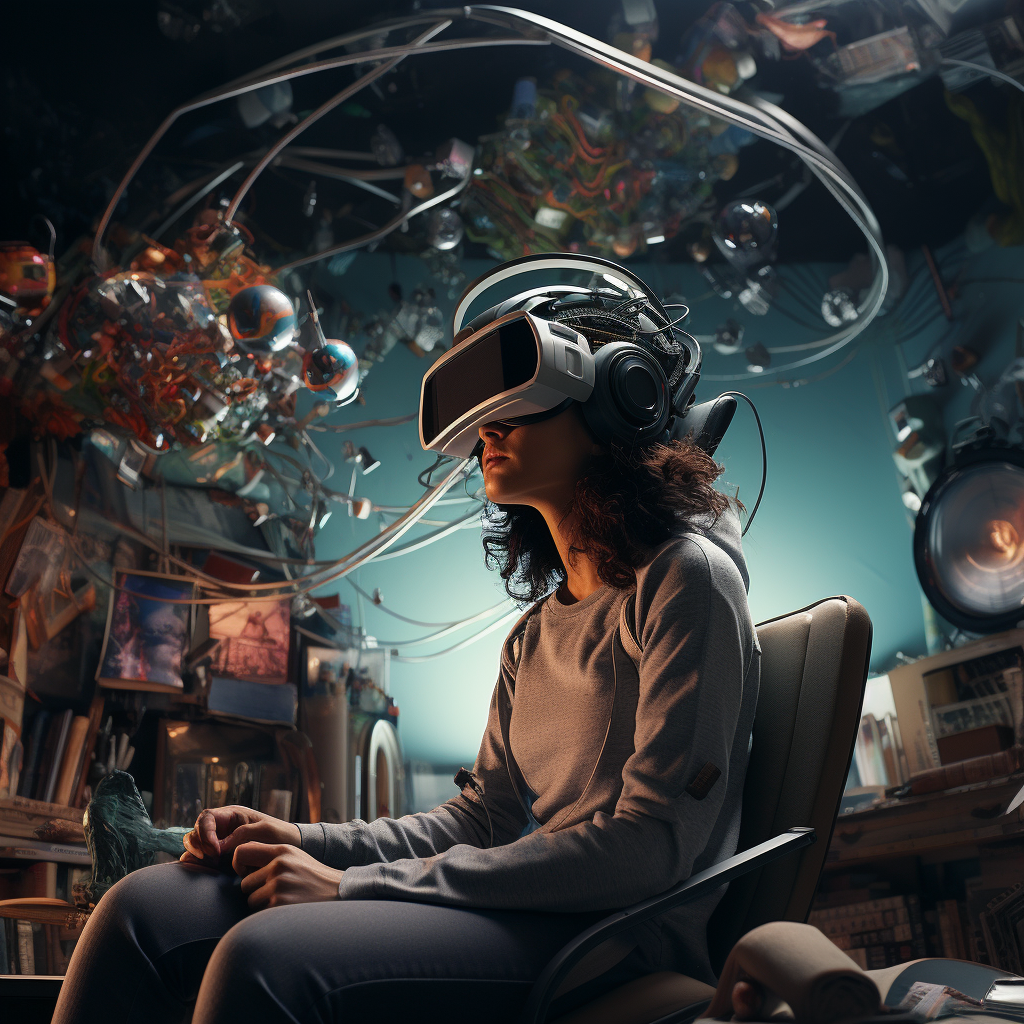Our Blog

The Evolution of CGI in Film and Television
From the mystical realms of "The Lord of the Rings" to the interstellar landscapes of "Star Wars," the evolution of Computer Generated Imagery (CGI) has transformed the way stories are told in film and television. This journey, spanning several decades, has taken us from the early days of basic graphics to today's stunningly realistic and immersive visuals. In this article, we explore the milestones that shaped the world of CGI, highlighting how this technology continues to push the boundaries of creativity and innovation.
The Dawn of CGI in Cinema:
CGI made its early debut in the 1970s, with films like "Westworld" (1973) introducing audiences to computer-generated visuals. However, it was the wireframe model of the Death Star in "Star Wars: Episode IV - A New Hope" (1977) that truly showcased the potential of CGI in storytelling. This period marked the inception of CGI, hinting at the vast possibilities that lay ahead.
The 1980s and the Rise of Digital Effects:
The 1980s saw significant advancements in CGI technology. "Tron" (1982) was one of the first films to extensively use CGI, creating a digital world that was ahead of its time. The decade also witnessed the creation of the first fully CGI character in "Young Sherlock Holmes" (1985), a stepping stone in digital animation.
Breakthroughs in the 1990s:
The 1990s marked a golden era for CGI, with groundbreaking films pushing the limits of what could be achieved. "Terminator 2: Judgment Day" (1991) introduced a new level of visual effects with its liquid metal antagonist. However, it was "Jurassic Park" (1993) that truly revolutionized CGI, bringing dinosaurs to life with unprecedented realism. This era set the stage for the widespread adoption of CGI in filmmaking.
The 2000s: The Age of Photorealism:
As we entered the new millennium, films like "The Lord of the Rings" series and "Avatar" (2009) showcased the ability of CGI to create complex, photorealistic environments and characters. "Avatar," in particular, was a monumental achievement in motion capture technology, blending CGI and live-action seamlessly.
CGI in Modern Television:
Television too embraced CGI, with shows like "Game of Thrones" using it to create dragons and epic battle scenes. The flexibility of CGI allowed TV series to achieve cinematic quality, blurring the lines between the big and small screens.
The Future of CGI:
Today, CGI is an integral part of the film and television industry. With advancements in AI, virtual reality, and real-time rendering, the future of CGI holds endless possibilities. We are stepping into an era where the lines between reality and digital creation are increasingly blurred, offering filmmakers and viewers experiences that were once the realm of imagination.
